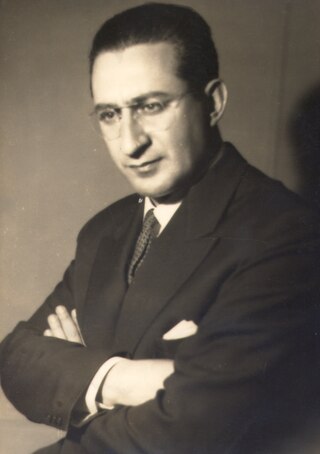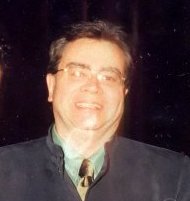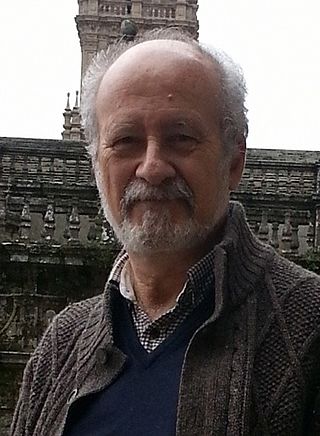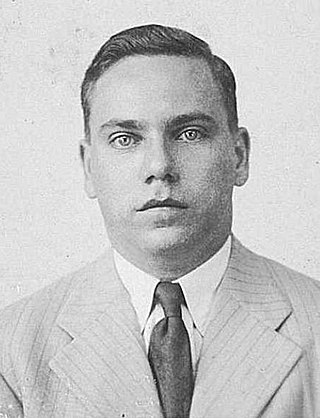Related Research Articles
John Harris Harbison is an American composer, known for his symphonies, operas, and large choral works.
Roque Cordero was a Panamanian composer.

Mozart Camargo Guarnieri was a Brazilian composer.
Jorge Manuel Marques Peixinho Rosado was a Portuguese composer, pianist and conductor.

Tomás Marco Aragón is a Spanish composer and writer on music.

Henrique José Pedro Maria Carlos Luis Oswald was a Brazilian composer and pianist.

José Antônio Rezende de Almeida Prado or Almeida Prado was an important Brazilian composer of classical music and a pianist. On Almeida Prado's death, his personal friend, conductor João Carlos Martins stated that Prado had possibly been the most important Brazilian composer ever.
Ashan Pillai is a British violist. He was educated as a music and academic scholar at Merchant Taylors School, London and then at the Royal Academy of Music, London, the University of Southern California, Los Angeles, the Banff Center for the Arts, Alberta, Canada, and the Juilliard School, New York City. His principal teachers were John White, and distinguished American pedagogues and former students of William Primrose, Donald McInnes and Karen Tuttle.
Gustavo Díaz-Jerez is a Spanish pianist and composer.

José Luis Turina is a Spanish composer, grandson of Joaquín Turina.

Adolfo Odnoposoff was an Argentine-born-and-raised cellist of Russian ancestry who performed in concerts for 5 decades in South, Central, and North America, the Caribbean, Europe, Israel, and the former USSR. He had performed as principal cellist in the Israel Philharmonic and many of the important orchestras of Latin America. He had soloed with major orchestras under conductors that include Arturo Toscanini, Erich Kleiber, Fritz Busch, Juan José Castro, Rafael Kubelik, Victor Tevah, Luis Herrera de la Fuente, Carlos Chavez, Paul Kletzki, Luis Ximénez Caballero (es), Willem van Otterloo, Sir John Barbirolli, Eduardo Mata, Antal Doráti, Jorge Sarmientos (es), Erich Kleiber, George Singer (1908–1980), Ricardo del Carmen (1937-2003), Anshel Brusilow, Pau Casals and Enrique Gimeno. He also performed a Khachaturian work under the direction of Khachaturian.

Guido Antonio Santórsola di Bari Bruno was a Brazilian-Uruguayan composer, violinist, violist, viola d'amore player, and conductor of Italian birth.

Milan Křížek was a Czech composer, music teacher and viola player.
The Piano Quintet in C major, Op. 18, by Henrique Oswald was finished in 1895. Like most of the piano quintets after the Schumann's, it is scored for piano, 2 violins, viola and cello. A typical performance takes 27–31 minutes.
The Piano Quartet No. 2 in G major, Op. 26 by Henrique Oswald was composed in the second half of 1898. It is scored for piano, violin, viola and cello. The approximate duration is 25–30 minutes.
Gertrude Price Wollner was an American writer and composer. Her teachers included Albert Stossel, E. Robert Schmitz, and Emile Jacques Dalcroze. She married Herbert J. Wollner on April 2, 1926 and they had a daughter named Zelda. She published several articles about music education and one book, Improvisation in Music: Ways Toward Capturing Musical Ideas and Developing Them (1963). Wollner taught at Boston University, New England Conservatory of Music, and New York University. She believed that "For any age, a childlike attitude and tenacity of search are essential, and rewarding. Not all “creative” music-making needs to be great music that lasts forever. Through the doing, something genuine occurs which enhances all future music experience for the individual."
References
- ↑ Cohen, Aaron I. (1987). International encyclopedia of women composers. 2: Sai - Zyb, Appendices (2. ed., revised and enl ed.). New York: Books & Music. p. 610. ISBN 978-0-9617485-1-7.
- 1 2 Casal, Luis Enrique (2006). Panamanian Art Music for Strings: Works for Violin/Piano and Viola/Piano by Roque Cordero, Eduardo Charpentier, and Fermin Castanedas (PDF). Norman, Oklahoma: University of Oklahoma Graduate College. pp. 4, 6, 19, 97, 99.
- 1 2 "marina saiz 1931-1990 - Ancestry®". www.ancestry.com. Retrieved 2023-08-24.
- 1 2 Nunez de Escalante, Cecilia (2002). Proposal of Principal Piano Programs (PDF) (in Spanish). Panama: University of Panama. pp. 1, 74, 83.
- ↑ Music Journal Annual Anthology. Music Journal, Incorporated. 1961.
- ↑ Stewart-Green, Miriam (1980). Women composers: A checklist of works for the solo voice. A reference publication in women's studies. Boston, Mass: Hall. p. 137. ISBN 978-0-8161-8498-9.
- 1 2 "Jaime Ingram Jaén-Apuntes para una historia de la música en Panamá (1903-2003)". istmo.denison.edu. Retrieved 2023-08-24.
- ↑ Office, Library of Congress Copyright (1959). Catalog of Copyright Entries: Third series.
- ↑ Apel, Willi (1973). Harvard Dictionary of Music (2nd ed.). United States of America: Belknap Press of Harvard University Press. p. 638.
- ↑ Schleifer, Martha Furman; Galván, Gary (2016-01-28). Latin American Classical Composers: A Biographical Dictionary. Rowman & Littlefield. p. 552. ISBN 978-0-8108-8871-5.
- ↑ Salazar, Marina Saiz (1957). Sonata para piano. Pan American Union.